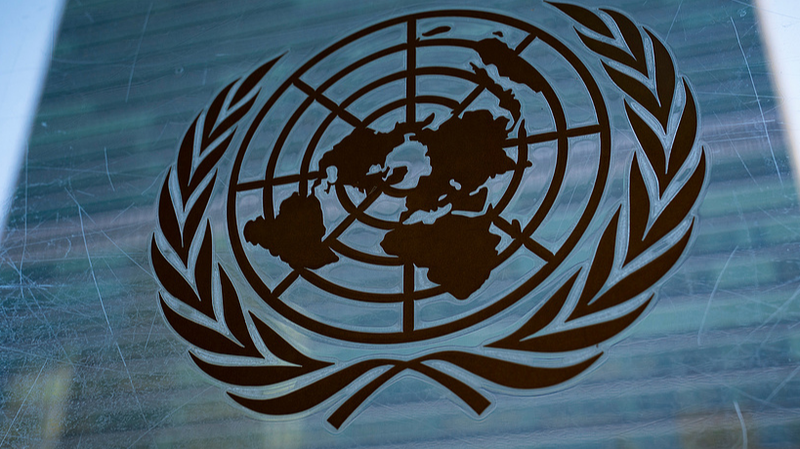The US has set provisional 20% reciprocal tariffs on the Taiwan region ahead of the August 1 deadline, marking a shift from pure trade protection to geopolitical strategy. Tariff wars are now a fiscal and tax pressure mechanism\u0008—and the 20% rate is just the starting cost Taiwan region faces in this new game.
Passive Strategy Erodes Bargaining Power
Facing the US, Taiwan authorities have pledged "zero tariffs, no countermeasures" and promised to expand TSMC's US investment by $165 billion. They’ve also vowed to boost purchases from the US and lower non-tax trade barriers—sacrificing their leverage before negotiations even begin.
Hidden Cost: Currency Appreciation
In the past three months, the New Taiwan dollar has surged by 12% in a historic rally, driven by US tax cuts, a weak-dollar strategy, and expectations of Fed rate cuts. Unlike Japan and South Korea—where depreciation offsets tariffs—Taiwan region's currency has strengthened, turning a nominal 20% tariff into a much higher effective rate when currency gains are factored in.
As tariffs evolve into geopolitical weapons, Taiwan region's economy faces a paradoxical "double hit" of steep levies and currency strength. The key question: how can Taiwan region regain bargaining power and shield its businesses from rising costs?
Reference(s):
Taiwan has fallen into the paradoxical trap of 'reciprocal tariffs'
cgtn.com




